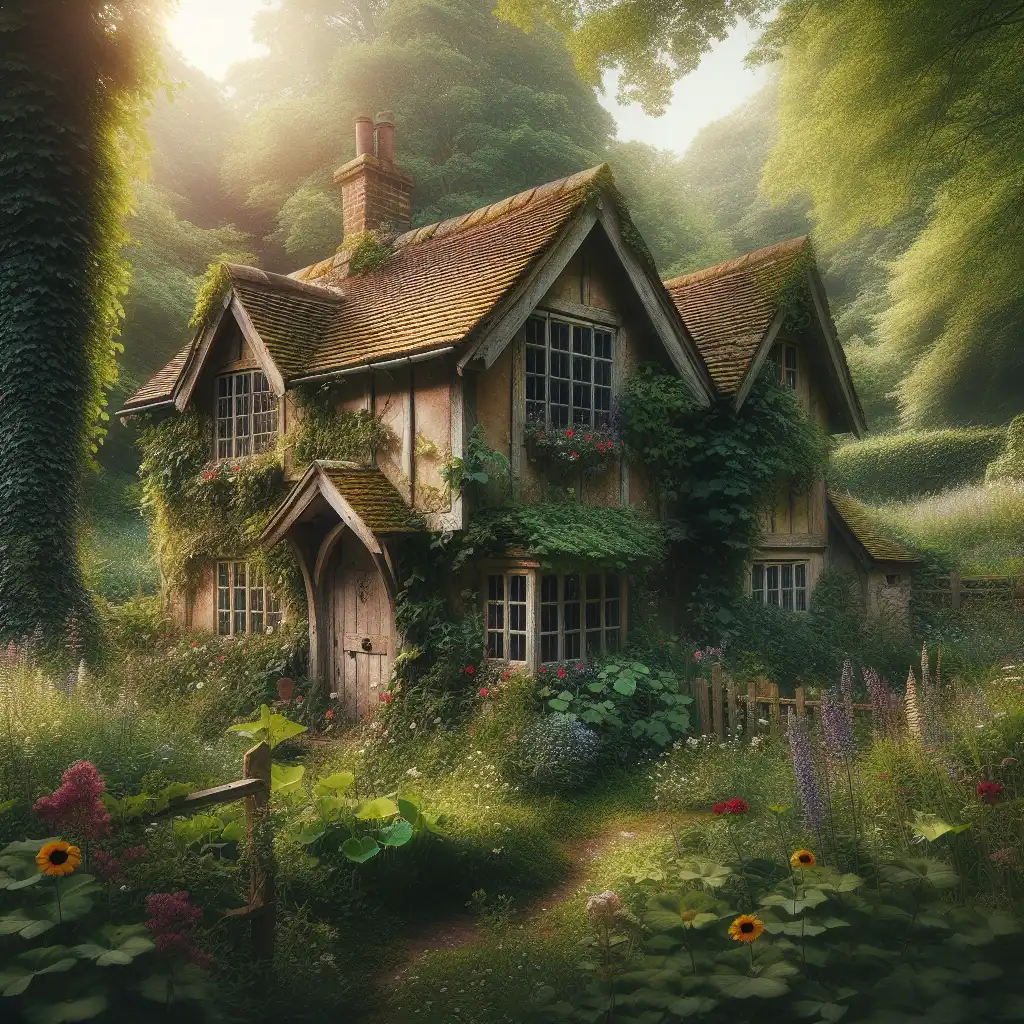
Tumbledown
Descriptive Imagery
Use 'tumbledown' to vividly describe something neglected and falling to pieces, often creating a strong visual image.  The tumbledown fence surrounding the property was overgrown with weeds.
The tumbledown fence surrounding the property was overgrown with weeds.
Negative Connotation
'Tumbledown' implies a negative view of the state of disrepair, hinting at deterioration and neglect.  The tumbledown cottage seemed untouched by time or repairs for decades.
The tumbledown cottage seemed untouched by time or repairs for decades.
Historic Context
Consider using 'tumbledown' when talking about old buildings or objects that have historical significance but are now dilapidated.  Tourists visited the tumbledown ruins, imagining the grandeur of the past.
Tourists visited the tumbledown ruins, imagining the grandeur of the past.